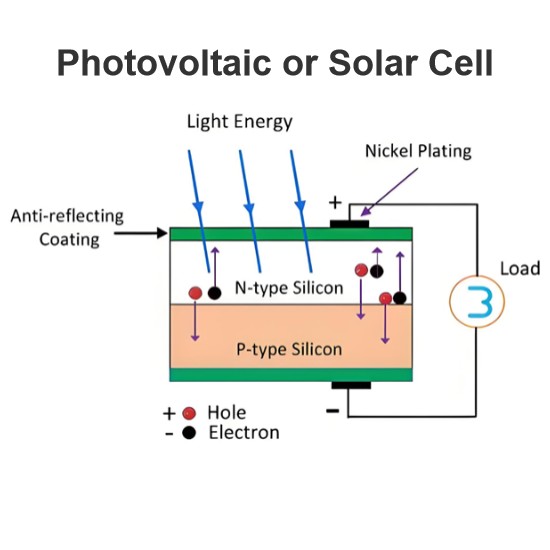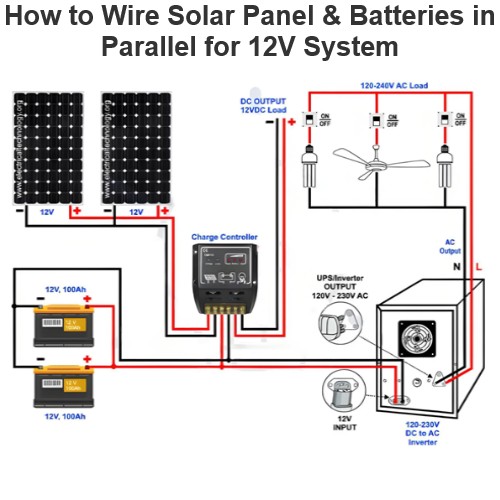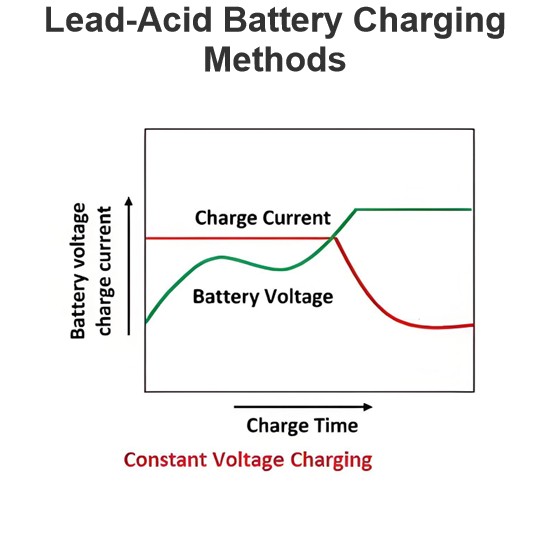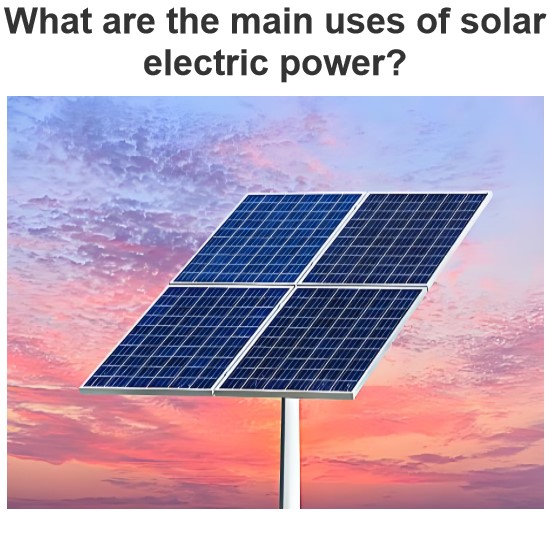Aluminum Air Battery: How Do They Work?
Batteries can be quite heavy. This disadvantage prevents batteries from being a source of energy in many different appliances and applications where being lightweight is crucial.
An aluminum air battery overcomes this issue. It uses air as a cathode, significantly reducing its weight.
In an aluminum air battery, aluminum is used as an anode, and air (the oxygen in the air) is used as cathode. This results in the energy density – i.e. energy produced per unit weight of the battery – very high compared to other conventional batteries.
Despite this an aluminum air battery is not commercially produced, mainly due to the high production cost of the anode, as well as issues with corrosion of the aluminium anode due to the carbon dioxide in air. Because of this, use of this battery is restricted to mainly military applications.
Aluminum air battery’s high energy density mean that they have a high potential of being used in electrical vehicles.
Making an aluminum air battery is quite simple – and can be done using simple household goods. We’ll go over a DIY (Do It Yourself) guide to making an aluminum air battery.
Aluminum Air Battery Experiment
For creating this experimentally we require,
Aluminum foil.
Saturated solution of water and salt
Bloating papers
Fine charcoal dust.
Two small pieces of electric wires and
One light emitting diode.
Procedure of Making Simple Aluminum Air Battery
Just take a piece of aluminum foil and spread it on a table. In a pot make a saturated solution of water and salt. Take a piece of bloating paper. Get the piece of bloating paper soaked by saturated salt solution.
Then get the soaked piece of bloating paper spread over the aluminum foil. Now put some fine dust of charcoal over the bloating paper. After keeping a non-insulated wire lead in the charcoal dust, cover it with another piece of salt solution soaked bloating paper of same size. Now tightly roll the total thing in such a way that, no charcoal dust can touch directly the aluminum foil and insulated portion of the lead wire comes out from one end of the roll. Now take another wire and fix the non insulated portion of the wire to the aluminum foil. Now if we connect a low rated light emitting diode (LED) with these two leads (one from charcoal and other from aluminum foil) and press the roll with our fingers, the LED will glow.
Working Principle of Aluminum Air Battery

As in the figure right, an aluminum air battery has air cathode which may be made of silver based catalyst and it helps to block CO2 to enter in the battery but it allows O2 to enter in the electrolyte. Then this oxygen reacts with H2O in KOH electrolyte solution takes electrons from solution and creates OH– ions. These ions then associate with Al anode and create Al(OH)3 and release electrons. These electrons then flow to the air anode from aluminum cathode through the external circuit for compensating lack of electrons in the electrolyte solution due to cathode reduction reaction.
Chemical Reaction of Aluminum Air Battery
Four aluminum atoms react with 3 oxygen molecules and 6 water molecules and produce 4 aluminium hydroxides
Aluminum Air Battery Equation
The anode oxidation (half-reaction),

The cathode reduction (half-reaction),

Total reaction,

Phinergy, a well known Israeli developer company focused on utilization of metal air battery like aluminum air battery and zinc air battery. The specialty of air metal battery is that they take oxygen from ambient air. Aluminum air battery has very high energy density, it is as high as 300 Wh per one ib of aluminum. Its power density is also very high, around 30 Watt/lb.

This type of battery cannot be electrically recharged. Basically this is a primary battery. But the difficulty of recharging can be overcame by mechanical recharging process. Mechanical recharging of aluminum air cell is done by replacing aluminum electrode. In this process, the battery can be turned to its fully charged condition from discharged battery cell stack.
Because of its high energy and power densities, facilities of mechanical recharging, aluminum air battery is may be the most suitable alternative of petroleum fuel for automobile in near future. These battery also have very low environmental impact.
The main disadvantage of this technology is, the reaction of CO2 with aluminum. Aluminum gets very easily affected by corrosion due to the presence of CO2 in the air. This problem can be overcame by introducing special air electrode which can prevent CO2 to reach to the aluminum sheet. Phynergy has developed an air electrode with silver based catalyst and this structure lets O2 enter into aluminum sheet and prevents CO2 to enter.
Statement: Respect the original, good articles worth sharing, if there is infringement please contact delete.
Electrical4U is dedicated to the teaching and sharing of all things related to electrical and electronics engineering.













